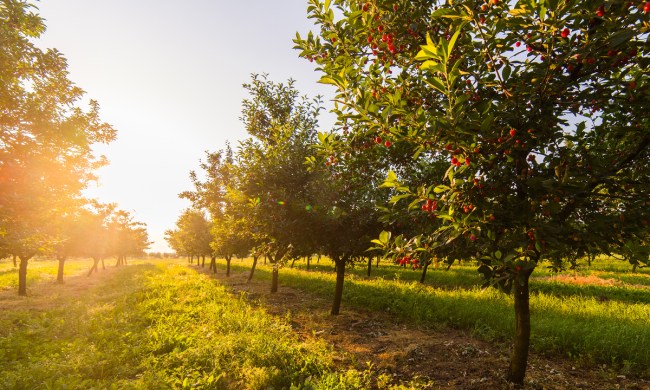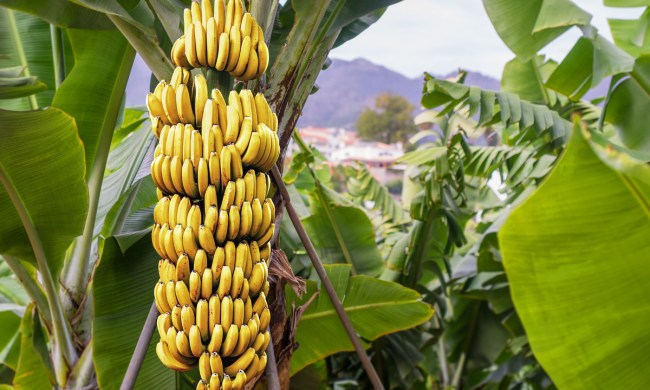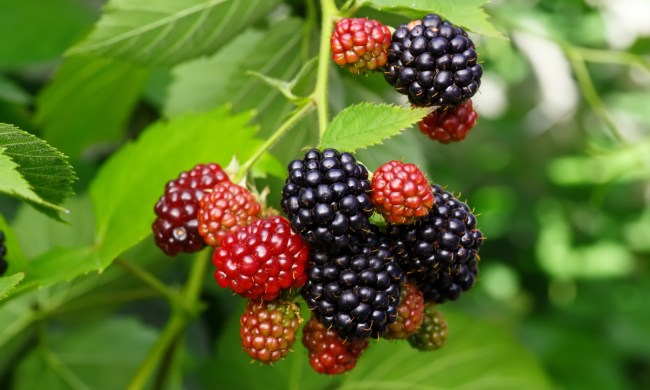Growing fruits and vegetables can be incredibly fun and rewarding. Sometimes, though, it can be a little too rewarding. If you’ve bitten off more than you can chew (or planted more than you can chew, in this case), then you’re likely looking for a way to store your excess fruits and vegetables. There are several ways you can store fruits and vegetables, from root cellars to suspended in water, but they aren’t right for every fruit or vegetable. Freezing is a great option for most fruits and vegetables, though. We’ll give you step-by-step instructions for freezing your fruits and vegetables to keep them fresh.
What fruits and vegetables can’t be frozen?
For many fruits and vegetables, freezing preserves them and keeps them crisp. Some, however, turn mushy when frozen and especially when they’re thawed for eating. This is because the water in the plant’s cells is what’s being frozen. The water becomes ice crystals, which can stretch or even puncture the cell walls of the plants. When the ice crystals thaw, the cell walls stay stretched or broken, which results in an overall softer texture.
Fruits and vegetables with higher water content are more likely to become mushy. Celery, tomatoes, lettuce, citrus fruits, and watermelons all contain a large amount of water, and are better eaten fresh or while still partially frozen. The change in texture doesn’t make them inedible, though. Watermelon that’s been frozen and thawed, for example, can still make a great addition to smoothies.
There are some practices that help reduce the change in texture. You can blanch vegetables. Freezing the fruits and vegetables more quickly can also help, since a faster freeze leads to smaller ice crystals, and smaller ice crystals are less likely to damage the cell walls. You can also freeze some fruits and vegetables after blending. For example, a tomato will become soft and watery after being frozen, but tomato puree, which is already soft, will be the correct texture.
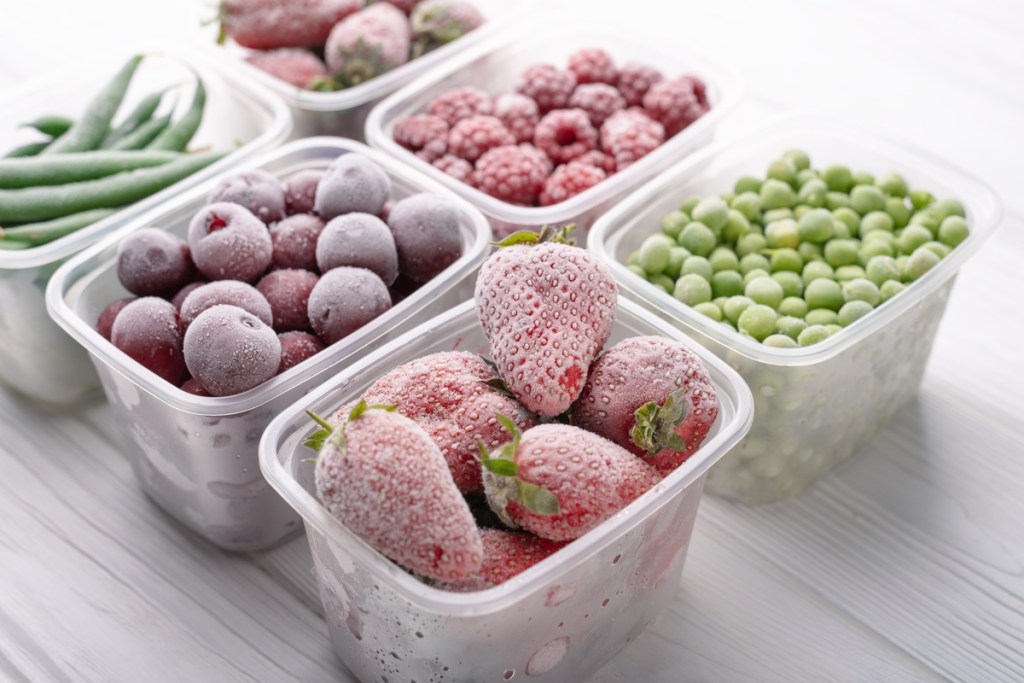
Blanching vegetables
Blanching is a technique that involves cooking the vegetables before freezing them that helps preserve some of their natural texture, taste, and nutritional value. Fruits aren’t typically blanched, nor are softer vegetables like tomatoes. However, some vegetables which are high in water can benefit from blanching. Celery in particular freezes better when blanched. Carrots, broccoli, asparagus, and green beans are also good options for blanching.
You can blanch vegetables in boiling water or in steam, but steam blanching takes longer and can be trickier to do at home without a blanching pot. Blanching with boiling water takes roughly one gallon of water for every pound of vegetables you have. You don’t need to wash the vegetables beforehand, although you may want to cut any large vegetables into slices, as smaller pieces blanch faster.
Bring the water to a boil, then add the vegetables. Cover the pot, and let the vegetables boil. Depending on the specific vegetable you’re blanching, they should boil for between two and 10 minutes. After they’re done, place the vegetables into an ice bath. Freeze the vegetables quickly after the blanching is finished for the best results.
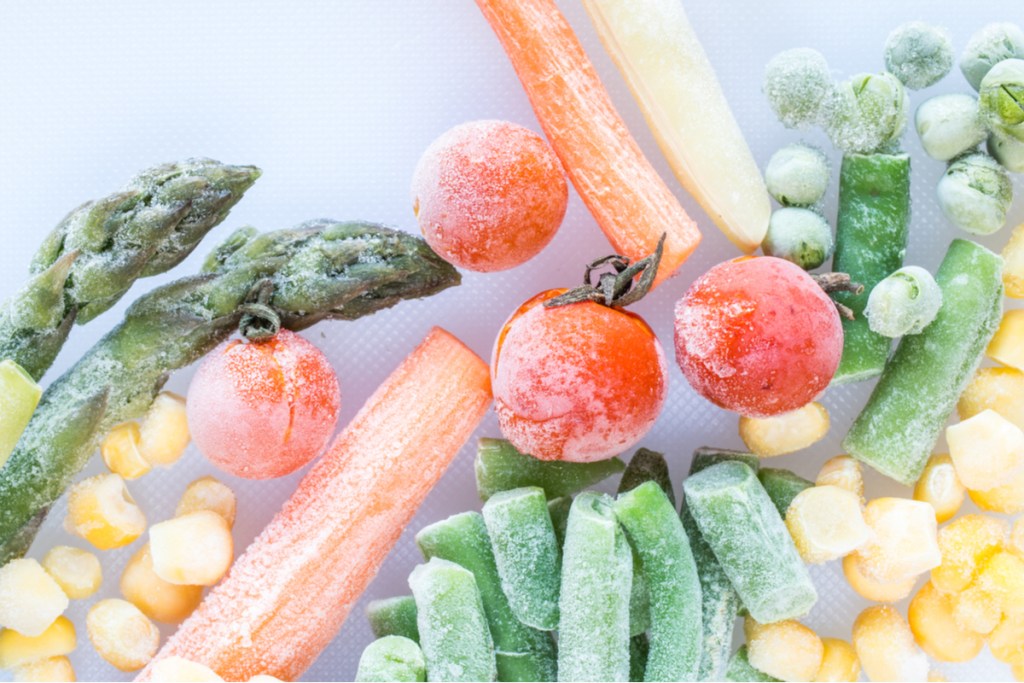
Freezing fruits and vegetables
Aside from blanching, the process is the same for freezing both fruits and vegetables. Lay them out in a single layer, with as few overlapping edges as possible. Fruits or vegetables that are overlapping could freeze to each other, which could cause problems when you store or use them. Set them on a baking sheet or other tray that’s been lined with parchment paper, and place the tray in the freezer.
Larger whole fruits and vegetables can stay in the freezer as they are, but any cut pieces of fruits or vegetables will need a storage container. After an hour or two, take your trays out and place your frozen fruit and vegetable pieces into containers or bags. These can go back into the freezer for continued storage.
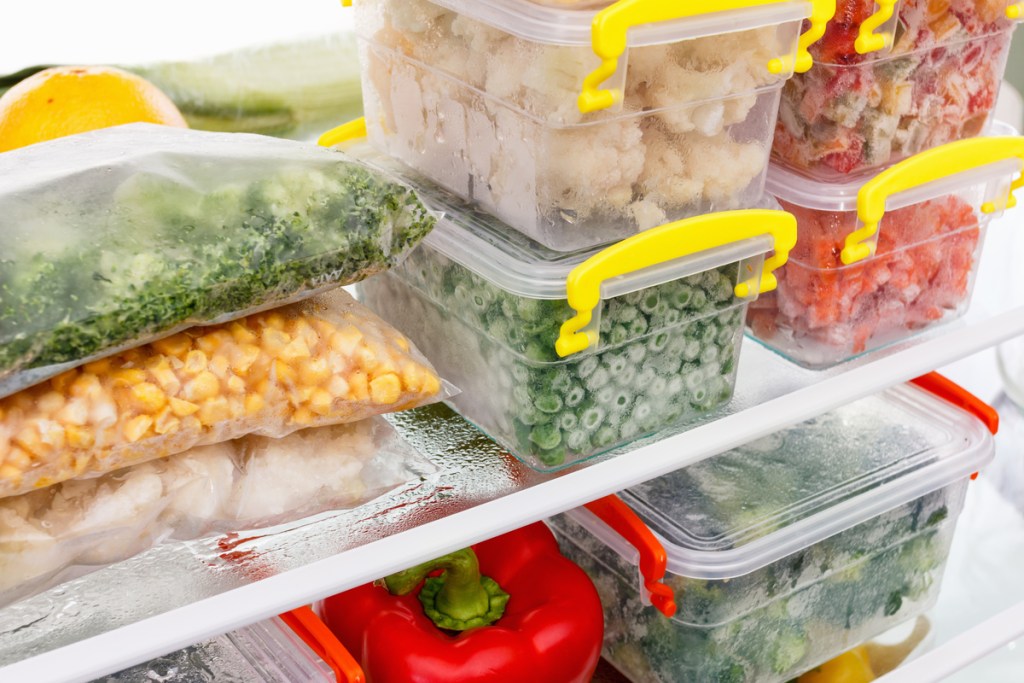
How long do frozen fruits and vegetables keep?
The exact length of time they last will depend on the type of fruit or vegetable, if it was blanched or not, and what quality it was in when it was frozen. However, they should last at least a few months. Fruit tends to last longer than vegetables, especially if the fruit is left whole. Properly frozen fruit can even last a full year.
Although frozen fruits and vegetables can last for quite a while, their quality does decrease over time. The longer they’re left in your freezer, the higher the risk of them developing freezer burn. So while you shouldn’t be in any rush to eat your stock of frozen fruits and vegetables, you should check them every few weeks after the first month or two.
Freezing your fruits and vegetables is an easy way to keep them delicious and nutritious for several months. It’s a great choice if you’ve ended up with a larger harvest than you expected. Freezing fruit is an especially great choice for any fruit you want to use in a smoothie or puree. Whether you’re freezing fall celery to last until spring or spring watermelon for a late summer smoothie, follow these simple tips and enjoy your cold fruits and vegetables.

